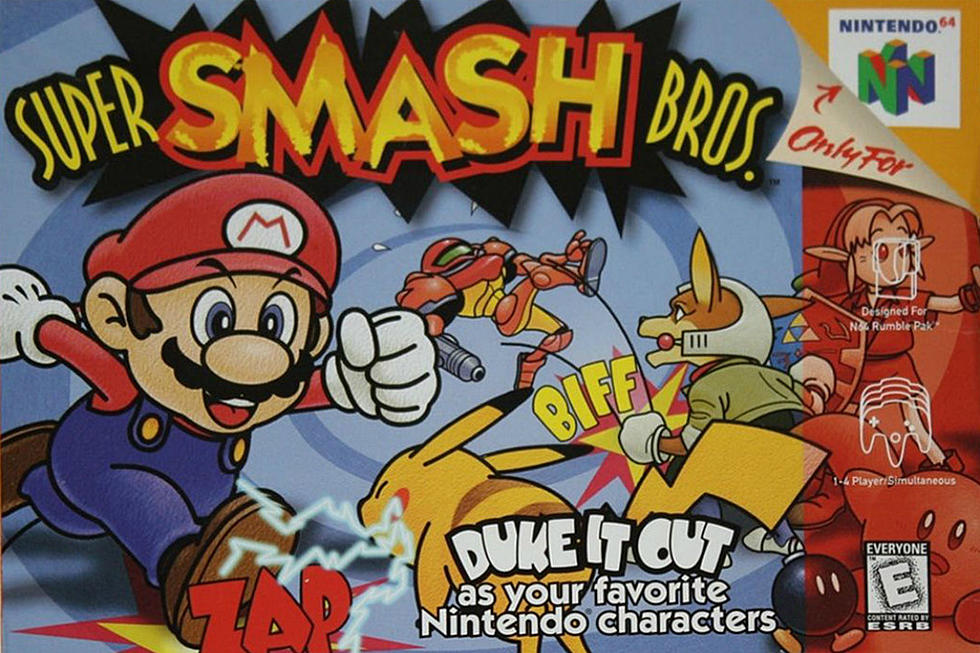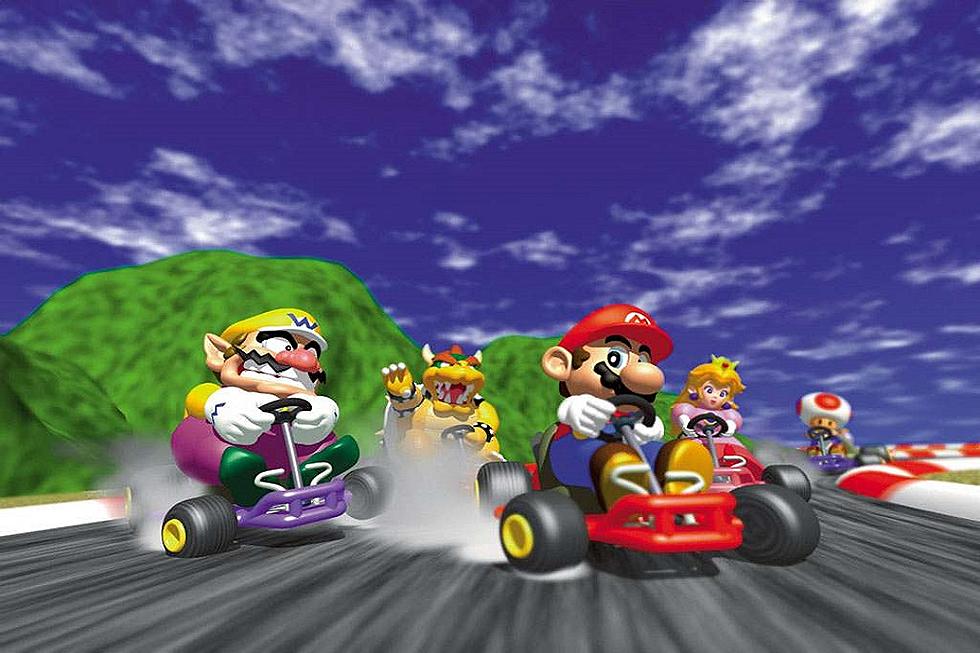
Mario Vs. Link Vs. Donkey Kong Vs. Kirby: Super Smash Bros. Turns 17
17 years ago, Masahiro Sakurai and his team at HAL Laboratory introduced us to the crossover fighting game that featured Nintendo's most popular characters. In case you've been living under a rock, Super Smash Bros. is a fighting game that features the likes of Mario, Samus, Link, Fox McCloud, Pikachu, Donkey Kong, Kirby, and more. It allowed gamers to settle the schoolyard debates they had in the '90s as to who could win in a fight, Mario or Link. After all those times Donkey Kong kidnapped Princess Toadstool, it was nice to be able to play as Mario and finally punch that ape in the face.
In 1998, HAL Laboratory developer Masahiro Sakurai showed coworker Satoru Iwata (who would go on to become President of Nintendo) a four-player fighting game he was developing. This game had a translated name of Dragon King: The Fighting Game—pretty generic-sounding stuff, right? Iwata and Sakurai knew that unless your fighting game had the words "Mortal," "Kombat," "Street," or "Fighter" in their titles then they probably wouldn't sell well. Without permission from Nintendo, Sakurai retrofit the Samus, Fox, DK and Mario into Dragon King and pitched his premise to them. Surprisingly, Nintendo loved his presentation and green-lit the project with HAL Laboratory at the helm.
North American audiences weren't really used to seeing multiplayer fighting games before that featured more than just 1v1 gameplay between two players. Throughout the 1990s, Mortal Kombat I-III and the dozen versions of Street Fighter II (and Street Fighter III to an extent) were atop the fighting game genre, as dozens of carbon copy ripoffs tried to emulate the gameplay and success of both franchises. Then comes Super Smash Bros. for the Nintendo 64, which hit North American stores on Jan. 21, 1999. Marvel Vs. Capcom: Clash of Super Heroes debuted a year prior to Super Smash Bros., but its roster featured most of the fighters seen in previous Street Fighter, Darkstalkers, and Marvel fighting games—its roster was filled with characters that we were already quite familiar with on the fighting game scene. On the other hand, Super Smash Bros. was the first time we saw any of Nintendo's iconic characters outside of their comfort zone and actually duking it out.
Gameplay-wise, Super Smash Bros. was different from its contemporaries as it didn't have you focusing on trying to whittle down your opponent's health bar. Instead, you had to knock your opponents out of the stage by damaging them until they were weak enough to be sent flying. Every hit caused damage to your opponent, raising their damage total by a certain percentage. Starting at zero percent, each hit would increase your total, and by the time you hit 100 percent, you were quite vulnerable to being knocked out of the arena. HAL Laboratory made the game easily accessible for newcomers and veterans alike by allocating each character's special moves to a single button. Depending on what direction you pushed while pressing the button, your character would do a special move. You didn't have to worry about Marvel Vs. Capcom's intricate combos or Mortal Kombat's Fatality system, you just went out there and had fun. 17 years later, Super Smash Bros. is still a Nintendo mainstay— it's one of the biggest reasons to own a Wii U. Here's to hoping that Nintendo's NX project has a Super Smash Bros. game on the way.
More From Arcade Sushi
![Mario Is a Man of Many Hats in Super Mario Odyssey [Preview]](http://townsquare.media/site/550/files/2017/06/super-mario-odyssey.jpg?w=980&q=75)
![PAX East 2017: Mario Kart 8 Deluxe is More Than Just a Shiny Coat of Paint [Preview]](http://townsquare.media/site/550/files/2017/03/mk8dlx.jpg?w=980&q=75)





![The Nintendo Switch’s Initial Library Preaches Quality over Quantity [Preview]](http://townsquare.media/site/550/files/2017/01/switch-preview-4.jpg?w=980&q=75)
![Nintendo’s Next Killer App Could Be As Easy As 1,2 Switch [Preview]](http://townsquare.media/site/550/files/2017/01/1-2-switch-1.jpg?w=980&q=75)
